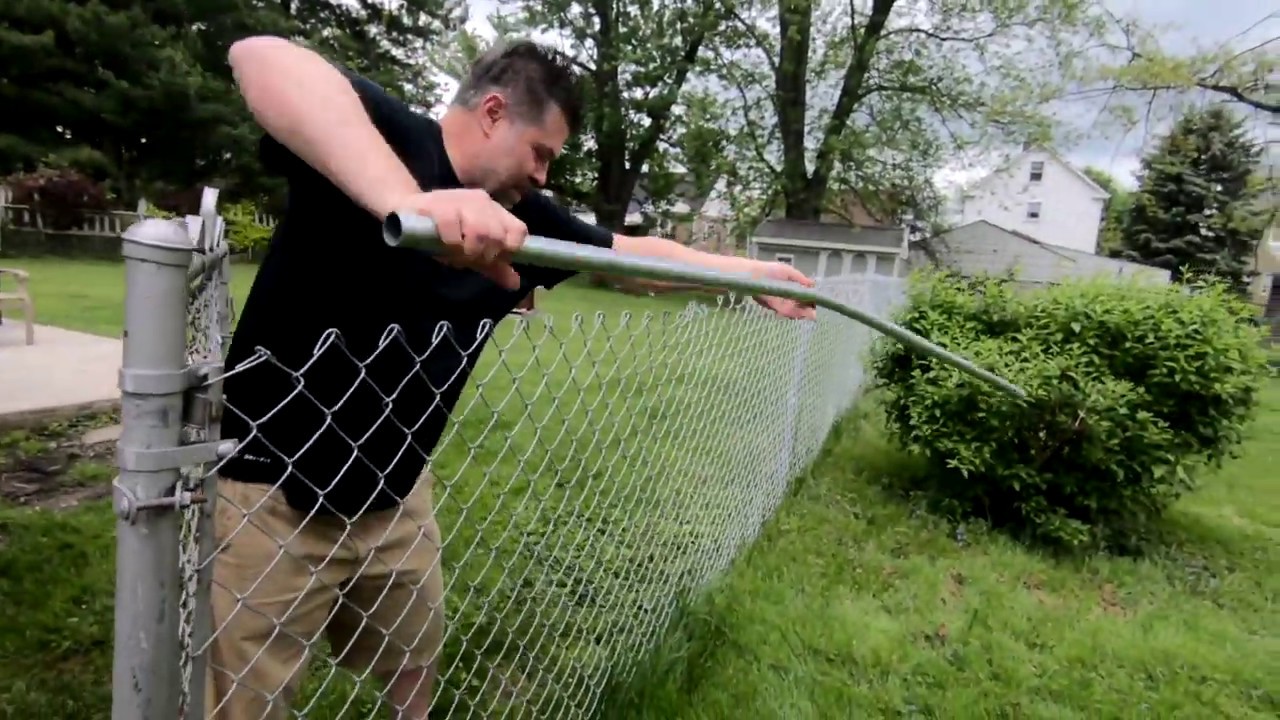
Depending on its size and design, a beach fence can either direct pedestrian traffic or trap sand. No matter whether the fence is meant to stop or hinder sand aggregation, the slats must be placed in a direction that is perpendicular the dominant wind. The minimum depth of the fence should be no more than four feet below sand surface. Regardless of its size, the beach fence must be inconspicuous to be effective and to be maintenance-free.
For a beach fence, you can use chestnut palings (or brushwood), wooden slats (or synthetic fabrics). Materials used should have a solid/void ratio of thirty to fifty percent. Ultimately, the type of material chosen will depend on the length of the frontage and the required life of the fence. The fencing is an important part of environmental preservation. However, without vegetation transplantation and plant life, the long-term impacts will be limited. In addition to visual intrusion, sand fences will also collect blown-in litter and interfere with amenity use of the beach.
East Hampton Town and Village have taken steps against sand fences at their public beaches. Sand fences that extend onto private land are the main source of erosion at the beach. This can happen from two sources: sea level rise or creeping sand fencing. Sand fences prevent water from reaching the beaches. However, they can also cause erosion around the town.
The four main elements of the beach fence include a prevention net, anchor, float, or a float. The prevention net is secured by a rope consolidated around the body. An anchor is used to hold the float in place. This net works well to prevent jellyfish inflow and debris contaminating the swimming areas. A floating dock can also be added as a feature to the beach barrier for mooring your boats. Protecting swimming areas with a beach barrier has many benefits. It can also beautify the surrounding environment.

For example in Japan, bamboo fences protect the Nakatajima desert dunes. They keep excessive sand from dangling and preserve the area around the dunes. The St. Clair Beach posts, a local landmark in Dunedin, New Zealand, are made from old sandbreaks. These posts are joined by either a perforated sheet of plastic or a lightweight wooden strip and wire fence. The permanent fence is made up of either large wooden planks or wooden poles.
FAQ
How many times should my furnace filter need to be changed?
How often your family expects to use the heating system in their home will determine the answer. You may need to change your filter more frequently if the temperature drops and you plan on being away from home during colder months. But if you do not often go outside, it may be possible to wait longer between changing your filter.
A furnace filter should last for approximately three months. This means that you should replace your filters every three months.
Check the manufacturer's guidelines for when you should change your filter. Manufacturers recommend changing your filter after each heating season. Other manufacturers suggest waiting until visible dirt builds up.
What should I do first in a house renovation?
Cleaning out clutter inside and out is the first step to fixing up a house. Next, you need to remove any moldy areas, replace damaged walls, repair leaky pipes, and repaint the entire interior. Next, clean the exterior surfaces and paint.
How can I avoid being ripped off while renovating my home?
The best way to avoid being ripped off is to know what you are paying for. Be sure to read the fine print before you sign any contract. Also, don't sign blank contracts. Always ask for copies of signed contracts.
Can I rent a dumpster?
You can rent a dumpster for debris removal after your home renovation. A dumpster can be rented to help keep your yard clean and free of trash.
Do I need permits to renovate my house?
Yes. Before you start any home improvements project, permits are necessary. In most cases you will need to have a building permit along with a plumber's permit. You may also need a zoning permit depending on the type of construction you are undertaking.
How much does it take to renovate a home?
Renovations usually cost between $5,000 and $50,000. Renovations are typically a major expense for homeowners, with most spending between $10,000 and $20,000
Statistics
- Rather, allot 10% to 15% for a contingency fund to pay for unexpected construction issues. (kiplinger.com)
- They'll usually lend up to 90% of your home's "as-completed" value, but no more than $424,100 in most locales or $636,150 in high-cost areas. (kiplinger.com)
- It is advisable, however, to have a contingency of 10–20 per cent to allow for the unexpected expenses that can arise when renovating older homes. (realhomes.com)
- According to the National Association of the Remodeling Industry's 2019 remodeling impact report , realtors estimate that homeowners can recover 59% of the cost of a complete kitchen renovation if they sell their home. (bhg.com)
- Design-builders may ask for a down payment of up to 25% or 33% of the job cost, says the NARI. (kiplinger.com)
External Links
How To
5 Things You Should Know Before Starting Your House Renovation
-
Do you really want this? If you are planning to do major home improvements like renovating your bathroom or building new houses, you will likely need help. However, if you feel unsure about your ability to complete such a big task by yourself, you might consider hiring someone to help you. It will take up much of your time and money. There won't be any real benefits. Instead, hire someone who has experience in this field to assist you. They'll save your time and make it easy for you to have a wonderful place to call home.
-
How much should I budget? This might sound obvious, but spending too much money on a renovation could lead to more problems. It's because you'll most likely be responsible for paying back the majority of the costs. If you have a budget in place, stick with it. If you don't, you might end up spending a lot of money and not receiving anything.
-
Do I prefer to hire professionals or DIY? - While there is no right or wrong answer, we recommend that you hire professional tradespeople if possible. They'll give you the best advice possible on how to proceed with your particular project. They'll install your plumbing correctly, provide a warranty, and ensure everything goes according to plan. DIY projects often involve a lot trial and error. You'll learn a lot the hard way. Plus, you'll have to deal with all sorts of problems that arise during the process.
-
How much can I afford it? - Don’t underestimate the cost associated with a home renovation. Even if you believe you can handle it yourself, it might be necessary to borrow money from your family or friends just to cover the costs. It is also important to consider the selling price of your current property when you plan on selling it soon after you have completed the renovations.
-
Where do I start? - When it comes to choosing where to start, there's no right or wrong place. But, we recommend you pick something you love to work on. You'll feel more motivated to work and less likely to procrastinate. Also, try to avoid places that require a lot of maintenance. If you have to deal with dirt and dust, don't try to redecorate the living room.